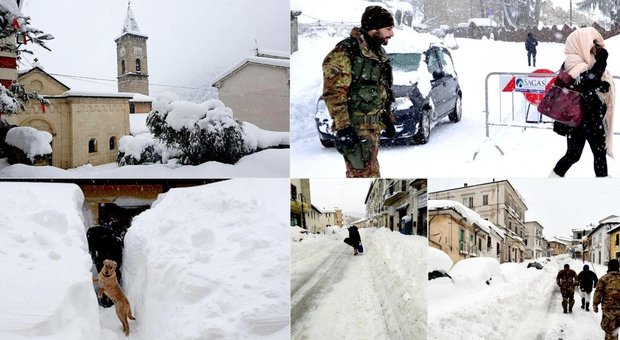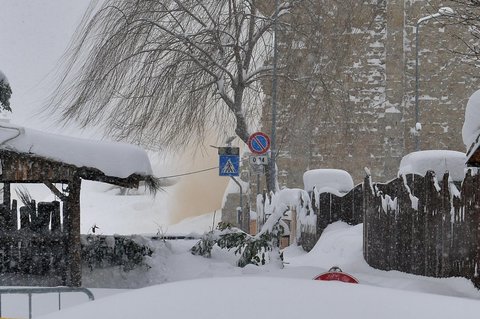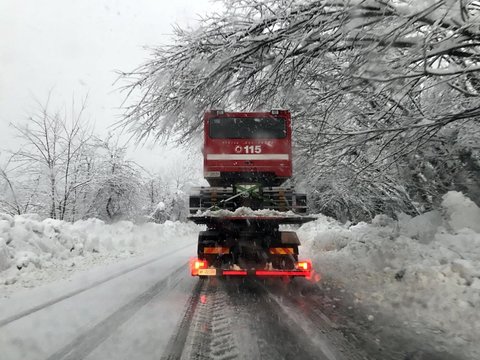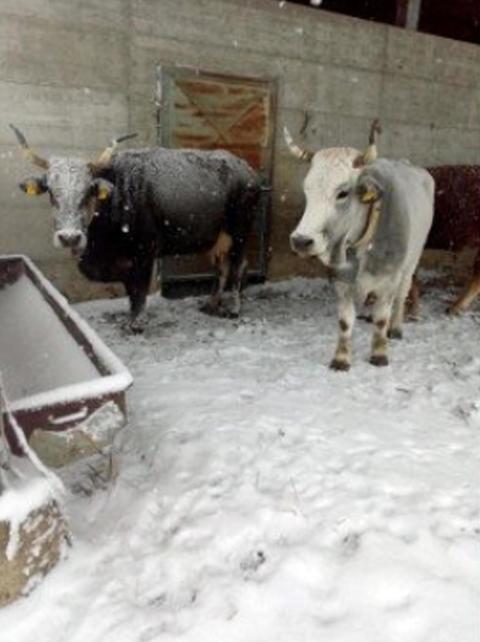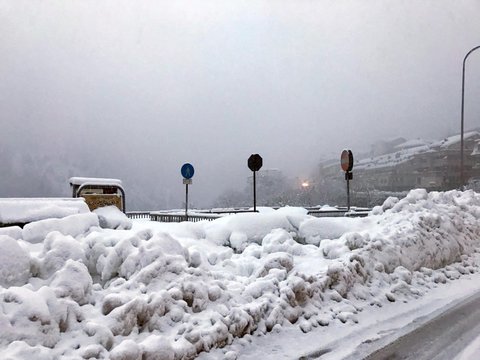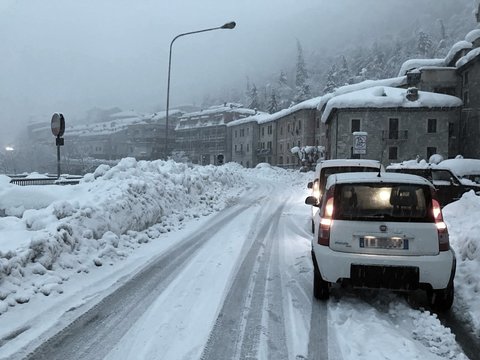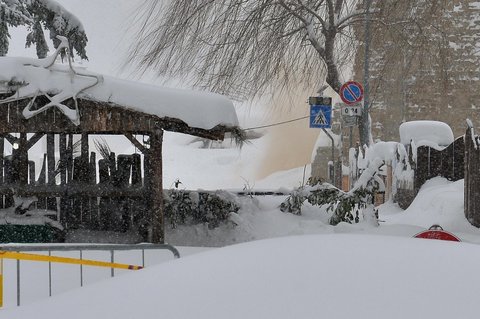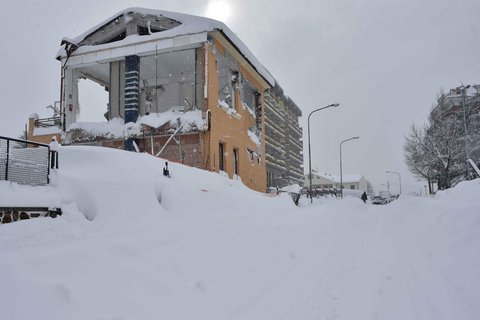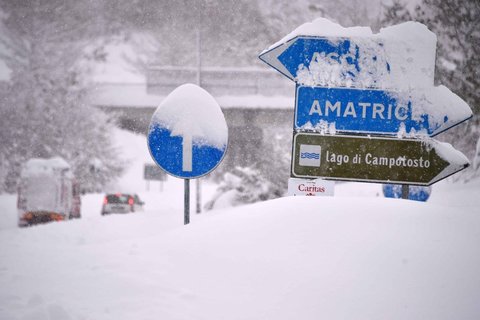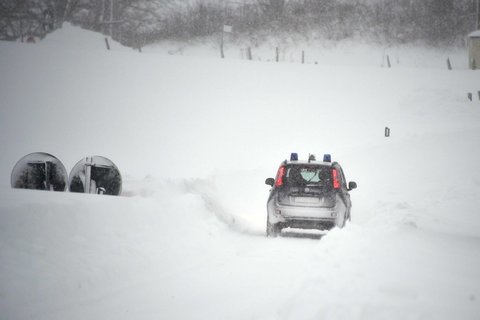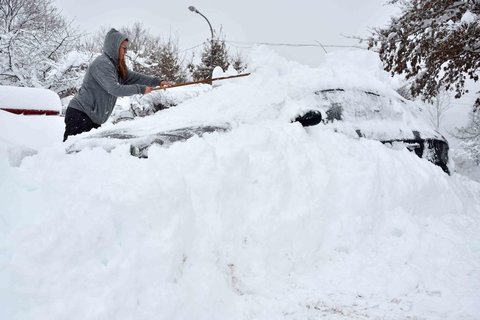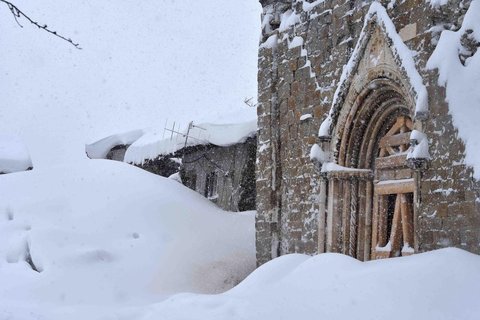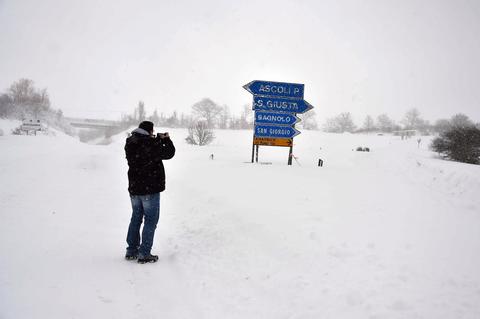Human rights activists have questioned the speed in which the man was executed

Men preparing to be hanged in Iran | Photo: Wikimedia Commons
The unidentified man, 31, was executed after he was found guilty of raping two males, as well as kidnapping charges.
He was hanged in the southwestern city of Kazeroon on 10 January.
The state-controlled ISNA has claimed the 31-year-old kidnapped two 15-year-old males.
The man then raped the two boys.
Iran charged the man with laws covering homosexuality, not pedophilia.
Iran’s homosexuality laws
Under sharia law, the active partner in a consensual gay sex criminal case is typically punished with 100 lashes and the passive partner is often punished with death.However, if the active partner is convicted of rape then he will be the one to face the death penalty. If the active partner is convicted of rape, then the passive partner is declared innocent.
Human rights advocates say family members have previously forced men charged with gay sex to accuse their partner of rape.
In this specific case, the Iranian government has acted uncharacteristically.
Because this man was also convicted of kidnapping, he should have spent 15 years in prison for that charge first.
Criminals faced with multiple sentences often complete their ‘lightest’ punishment first, whether it be prison time or lashings.
However, with enough time, lawyers can often also free their clients of the death penalty.
Human rights advocates have suggested that, with this instance, the government may have executed him before questions could be asked about the case.
Was the trial fair?
Iranian human rights lawyer Mehri Jafari told Gay Star News: ‘We don’t believe the trial to be fair.’She said the way Iran’s judicial system works means human rights advocates and lawyers don’t have access to information. And because of that, there’s often nothing that can be done.
‘The gay community needs to react and clarify this is not a gay case,’ Jafari said.
‘It’s about the reputation of the gay community. Gay people are not kidnappers or child abusers.
‘In Iran, it’s so important to clarify this because there’s so much pre-judgment. The danger is very real.’
A 2008 WikiLeaks dispatch revealed Iran has executed ‘between 4,000 and 6,000 gays and lesbians’ since 1979.
Positive changes for LGBTI people in Iran

Iran gay activists are forced to hide
Human rights activists say LGBTI people are becoming more open about who they are. Some have even said they are gay to get out of military conscription.
Also, every year since 2010 has seen ‘secret Pride’ pictures taken in Iran.
Ranginkamaniha (or Rainbows) sees a LGBTI person holding up a rainbow flag or a message to call for acceptance and tolerance.
While no faces are shown, the message is loud.
They say: ‘Awareness is brightness and by that we will take
back our days from the night we all have drowned in, more than ever.
Because we believe that humankind is remedial, and human being is
beautiful and kind as strong as that can be relied on it.
‘It’s possible to overcome ignorance that dominates the world.’




